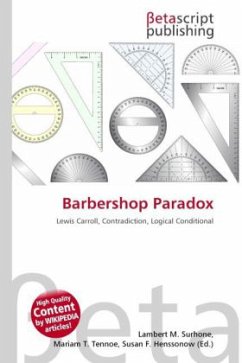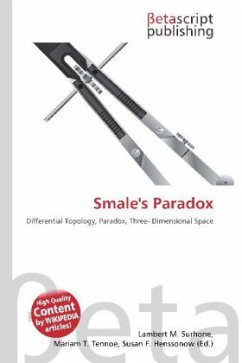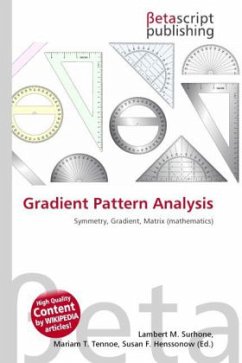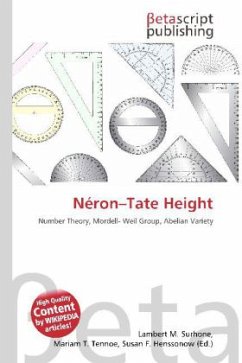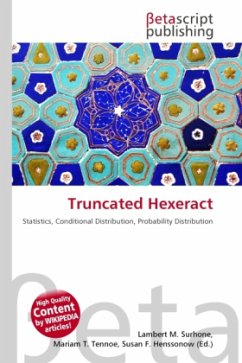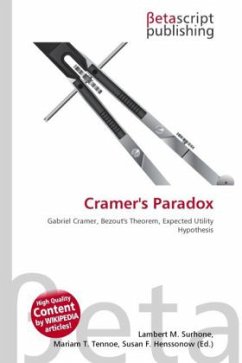
Cramer's Paradox
Versandkostenfrei!
Versandfertig in 6-10 Tagen
23,99 €
inkl. MwSt.

PAYBACK Punkte
12 °P sammeln!
High Quality Content by WIKIPEDIA articles! In mathematics, Cramer's paradox (named after Gabriel Cramer but apparently not discovered by him) is the statement that the number of points of intersection of two higher-order curves can be greater than the number of arbitrary points needed to define one such curve. Cramer's paradox is the result of two theorems: Bezout's theorem (the number of points of intersection of two algebraic curves is equal to the product of their degrees) and a theorem of Cramer (a curve of degree n is determined by n(n + 3)/2 points). Observe that for n 3, it is the case...
High Quality Content by WIKIPEDIA articles! In mathematics, Cramer's paradox (named after Gabriel Cramer but apparently not discovered by him) is the statement that the number of points of intersection of two higher-order curves can be greater than the number of arbitrary points needed to define one such curve. Cramer's paradox is the result of two theorems: Bezout's theorem (the number of points of intersection of two algebraic curves is equal to the product of their degrees) and a theorem of Cramer (a curve of degree n is determined by n(n + 3)/2 points). Observe that for n 3, it is the case that n2 is greater than or equal to n(n + 3)/2.



